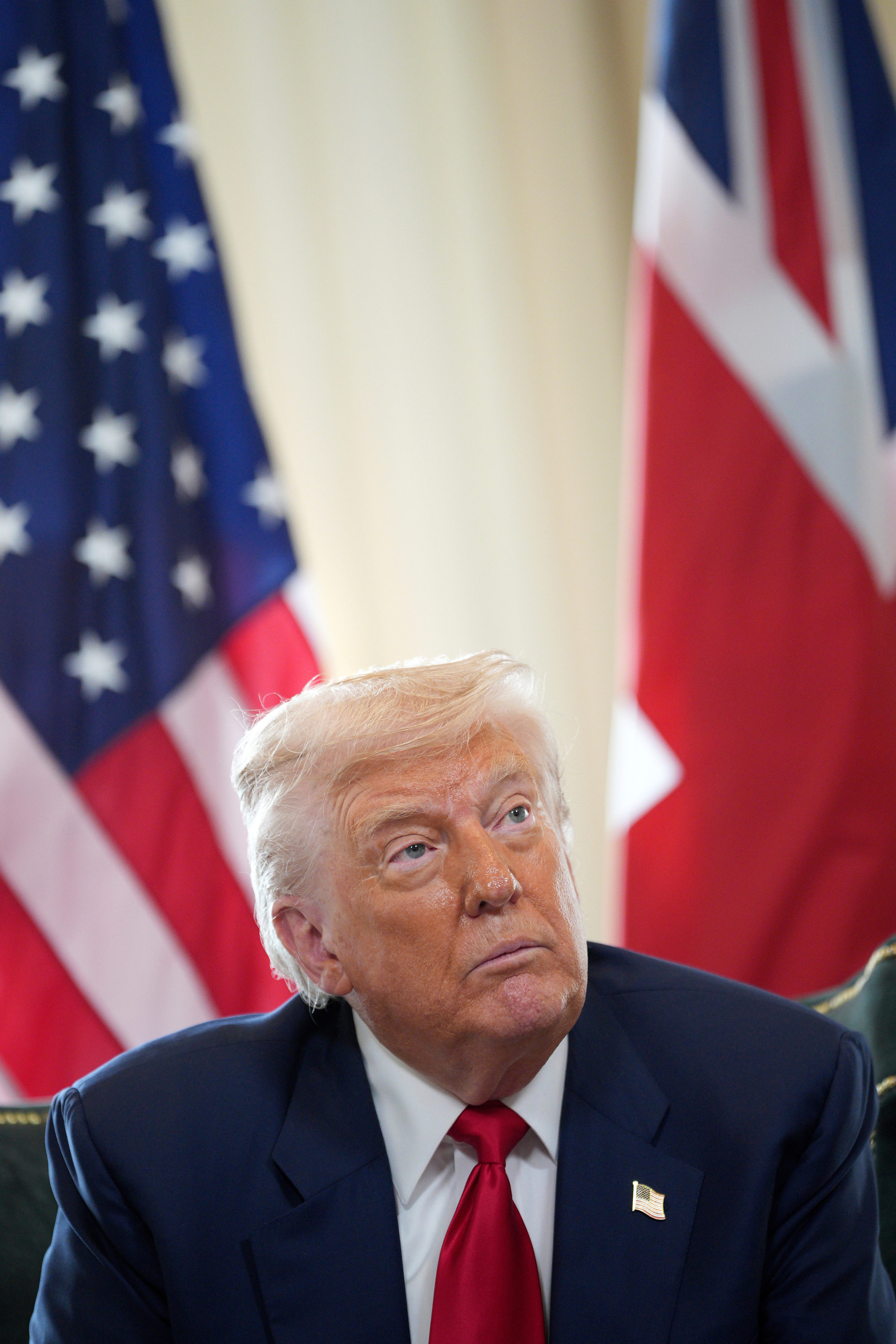There is an agreement, but uncertainty persists among sectors most exposed to the US market, such as capital goods, semi-manufactured goods, and certain agri-food products, who are anxiously awaiting the publication of the final list that will determine which European products will ultimately be subject to the 15% tariff agreed upon between the President of the European Commission, Ursula von der Leyen, and the US President, Donald Trump.
The agreed percentage represents a five-point increase from the initial proposal of the Republican administration, which, according to Spanish government estimates, could translate into an economic impact of 0.15% of the national GDP, around ¤2.4 billion in the short term. The Spanish Chamber of Commerce foresees a 10.1% decrease in exports to the US, resulting in a loss of ¤1.841 billion compared to 2024. While noting that the overall impact would be limited since the US represents only 4.7% of Spanish exports, it warns that the new tariff scenario could seriously affect sectors most dependent on that market. The Spanish Federation of Food and Beverage Industries (FIAB) considers the agreement "unfair and unbalanced." "A pact is better than a trade war, but we cannot accept an imposition that breaks the rules of free trade," stated its president, Ignacio Silva, who called for support measures for the most vulnerable SMEs, especially in internationalization and external promotion.
The United States is the primary non-EU market for the food and beverage sector, with exports exceeding ¤3.3 billion in 2024. However, in the first four months of 2025, sales to the country dropped by 3.7% following a strong 22.6% growth in 2024 due to uncertainty stemming from the announcement of possible new tariff measures, which have slowed operations by importers.
Among the most vulnerable sectors are not only food products but also industrial goods, fats and oils, and pharmaceutical products. The latter have been targeted by Trump, but it seems they will emerge unscathed. This is not the case for steel, which currently maintains a 50% tariff until negotiating an export quota system, prompting a plea for help from Unesid, the sector's trade association. "We reiterate the urgent need for the Spanish government to implement temporary aid for the most affected companies, as recently approved in the Congress Industry Commission," stated the steel industry association, awaiting details of the agreement.
In this statement, it also indicates that higher steel costs will impact some of the most export-dependent sectors such as machinery and vehicles. In fact, this Tuesday, a Spanish industrial company like Tubos Reunidos reported losses in the second quarter due to the impact of tariffs on costs and weak demand for the rest of the year, despite some companies advancing orders before Trump doubled steel tariffs in June, as evidenced by the growth in metal exports so far this year.
"The likely outcome will be a significant loss of jobs and a slowdown in hiring in manufacturing and export-dependent industries," noted the European Trade Union Confederation (ETUC), calling for an urgent plan to preserve jobs that may be affected by this new trade relationship between the world's two largest economic powers.
Wine and olive oil at risk
Nevertheless, von der Leyen emphasized that the agreement includes "zero tariffs" for a list of strategic products. Although the specific products are yet to be disclosed, some like the wine sector have already requested that wine be excluded from the agreement, warning of the "serious impact" it could have on exports. According to José Luis Benítez, general director of the Spanish Wine Federation (FEV), the US was the main market for Spanish bottled wines in 2024, so applying this tariff could reduce trade by up to 10%. In addition to the direct tariff effect, the sector warns of added pressure due to the unfavorable euro-dollar exchange rate. The European Committee of Wine Companies (CEEV) points out that every dollar Europe earns from wine sales in the US generates $4.5 in the American market through distribution and hospitality, making this trade flow a shared priority on both sides of the Atlantic.
Olive oil is another major potential victim. The US imports around 430,000 tons annually, with nearly 300,000 coming from Spain, either directly or indirectly.
The Spanish Association of Olive Oil Industry and Export Trade (Asoliva) warns that the new tariffs will increase the product's cost in the US market, potentially giving an advantage to competitors like Morocco or Turkey, who currently face only a 10% duty. "It is a blow to a sector that has invested heavily in promotion and infrastructure in that market, representing an economic value of ¤6 billion," stated Rafael Pico, deputy director of the association.
On the other hand, Luis Carlos Valero, manager of the Young Farmers Agricultural Association (Asaja) in Jaén, suggested that the impact could be lessened if the tariff applies only to bottled oil, as a significant portion of Spanish exports are bulk and packaged at the destination, thus exempt from the duty.
Table olives also anxiously await the fine print of the agreement, especially how their non-EU competitors like Egypt, Morocco, or Turkey will be positioned after tariff allocation. This raises concerns, particularly because this same product was penalized six years ago when the Republican administration imposed a 25% duty on certain European products, essentially the same ones now in focus upon entering the White House for the first time.
